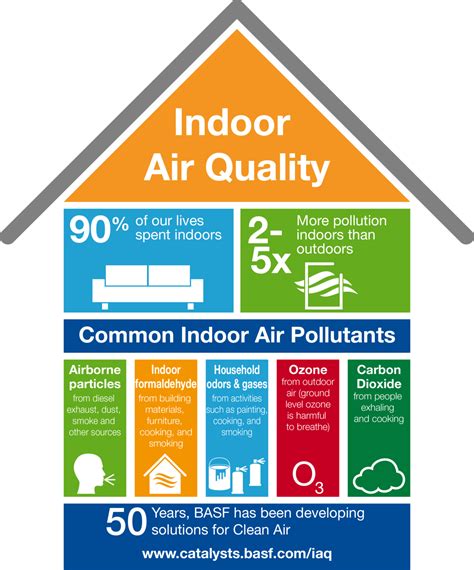Introduction
In the realm of indoor air quality, two entities often collide: air purifiers and vaping smoke. Both aim to influence the air we breathe, but their approaches and consequences vastly differ. This comprehensive guide will delve into the intricate relationship between air purifiers and vaping smoke, providing insights into their effectiveness, benefits, drawbacks, and practical tips to enhance your indoor air quality.

The Science Behind Air Purifiers and Vaping Smoke
Air Purifiers: Guardians of Clean Air
Air purifiers are devices equipped with filters that trap airborne particles, such as dust, pollen, pet dander, and smoke. By circulating air through these filters, air purifiers remove pollutants, leaving you with cleaner, healthier air.
Vaping Smoke: A Complex Mixture
Vaping smoke, on the other hand, is a complex aerosol generated by electronic cigarettes or vaping devices. It contains nicotine, flavorings, and other chemicals, along with ultrafine particles that can penetrate deep into the lungs.
The Efficacy of Air Purifiers Against Vaping Smoke
The effectiveness of air purifiers against vaping smoke depends on several factors, including:
- Filter Type: HEPA (High-Efficiency Particulate Air) filters are considered the most effective at capturing ultrafine particles, including those found in vaping smoke.
- Airflow Rate: Higher airflow rates allow air purifiers to process more air, resulting in increased particle removal.
- Room Size: The size of the room where the air purifier is placed influences its effectiveness. A larger room requires a more powerful air purifier.
Benefits of Using an Air Purifier to Combat Vaping Smoke
- Improved Air Quality: Air purifiers remove harmful particles from the air, including those emitted from vaping devices, resulting in improved indoor air quality.
- Reduced Health Risks: Exposure to vaping smoke can pose health risks. Air purifiers can mitigate these risks by reducing the concentration of nicotine and other harmful chemicals in the air.
- Enhanced Comfort: Purified air enhances comfort levels by reducing respiratory irritation, coughing, and allergy symptoms.
Drawbacks of Relying Solely on Air Purifiers
- Not a Cure-All: Air purifiers cannot completely eliminate vaping smoke. They are most effective when used in conjunction with other measures to reduce vaping exposure.
- Maintenance Costs: Air purifiers require regular filter changes and maintenance to maintain optimal performance, which can add to the cost of ownership.
Tips and Tricks for Optimizing Air Purifier Performance
- Choose the Right Air Purifier: Consider the size of your room, the types of particles you want to remove, and the airflow rate when selecting an air purifier.
- Place Strategically: Position the air purifier near the source of vaping smoke or in areas where people gather.
- Run Continuously: For maximum effectiveness, keep the air purifier running continuously, even when no one is in the room.
- Change Filters Regularly: Follow the manufacturer’s guidelines for filter replacement to ensure optimal performance.
Current Status and Future Prospects
The use of air purifiers to combat vaping smoke is a growing trend. As awareness about the health risks associated with vaping increases, the demand for air purifiers is expected to rise. Advancements in air purification technology are constantly being made, leading to the development of more efficient and affordable air purifiers.
What We Can Do
- Educate: Raise awareness about the health risks associated with vaping smoke and the benefits of using air purifiers.
- Encourage Smoking Cessation: Promote smoking cessation programs and resources to help people quit vaping and improve their overall health.
- Support Clean Air Policies: Advocate for policies that restrict vaping in public spaces and promote clean air initiatives.
Conclusion
Air purifiers play a vital role in improving indoor air quality and mitigating the health risks associated with vaping smoke. By understanding the science behind air purifiers and vaping smoke, we can make informed decisions about using these devices to create healthier indoor environments. Remember, air purifiers are not a complete solution, but when used in conjunction with other measures to reduce vaping exposure, they can significantly improve your indoor air quality and well-being.
Appendix: Tables for Your Reference
Table 1: Particle Size and Air Purification
| Particle Size (μm) | Filtration Efficiency |
|---|---|
| 0.1-0.3 | High |
| 0.3-1.0 | Medium |
| 1.0-3.0 | Low |
| >3.0 | Negligible |
Table 2: Airflow Rate and Room Size
| Room Size (sq. ft.) | Airflow Rate (CFM) |
|---|---|
| 200 | 200-300 |
| 300 | 300-400 |
| 400 | 400-500 |
| 500+ | 500+ |
Table 3: Health Risks of Vaping Smoke
| Health Concern | Symptoms |
|---|---|
| Respiratory irritation | Coughing, wheezing, shortness of breath |
| Cardiovascular risks | Increased heart rate, blood pressure |
| Lung damage | Bronchitis, pneumonia, cancer |
Table 4: Benefits of Air Purifiers Against Vaping Smoke
| Benefit | Description |
|---|---|
| Reduced exposure to nicotine and chemicals | Improved respiratory health |
| Enhanced comfort | Reduced irritation, coughing, allergies |
| Cleaner indoor air | Reduced unpleasant odors and pollutants |





















